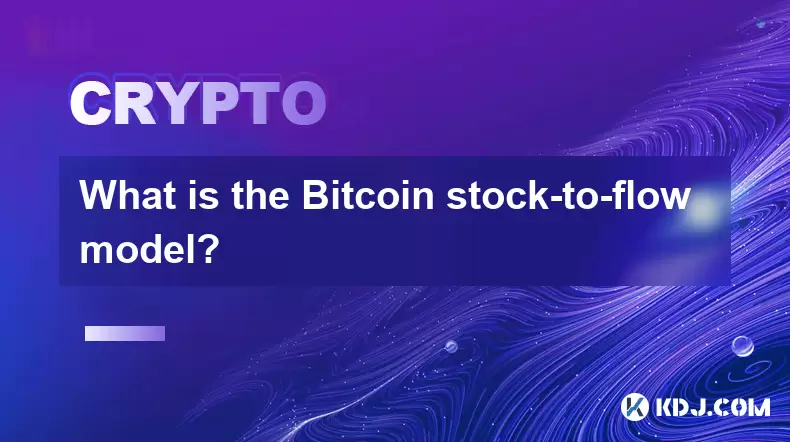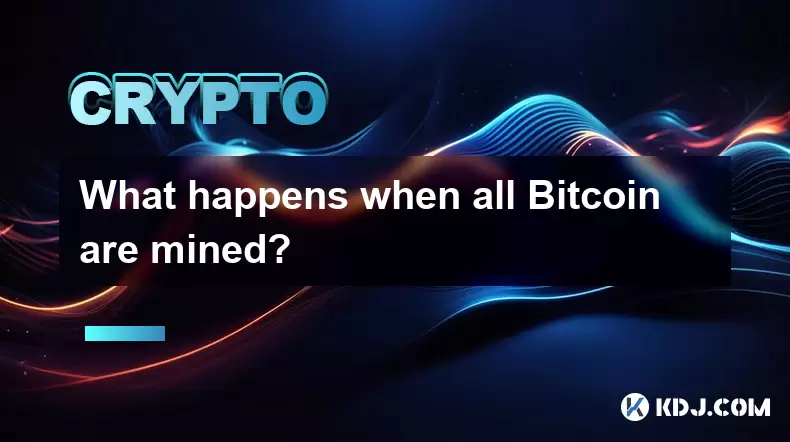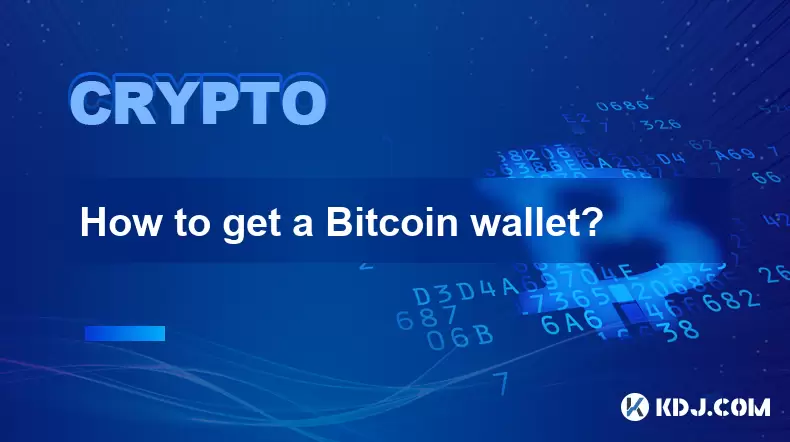-
 Bitcoin
Bitcoin $109,459.7682
2.44% -
 Ethereum
Ethereum $2,598.6052
6.29% -
 Tether USDt
Tether USDt $1.0003
0.00% -
 XRP
XRP $2.2734
3.95% -
 BNB
BNB $661.4886
1.58% -
 Solana
Solana $155.4825
4.35% -
 USDC
USDC $0.9999
-0.02% -
 TRON
TRON $0.2838
1.04% -
 Dogecoin
Dogecoin $0.1740
8.25% -
 Cardano
Cardano $0.6047
9.04% -
 Hyperliquid
Hyperliquid $40.2302
6.50% -
 Sui
Sui $2.9863
10.05% -
 Bitcoin Cash
Bitcoin Cash $509.5786
0.60% -
 Chainlink
Chainlink $13.8156
6.03% -
 UNUS SED LEO
UNUS SED LEO $9.0142
0.69% -
 Avalanche
Avalanche $19.0337
8.68% -
 Stellar
Stellar $0.2438
5.17% -
 Toncoin
Toncoin $2.9012
3.59% -
 Shiba Inu
Shiba Inu $0.0...01210
6.20% -
 Litecoin
Litecoin $90.0882
7.05% -
 Hedera
Hedera $0.1597
8.53% -
 Monero
Monero $326.3340
2.88% -
 Polkadot
Polkadot $3.6365
9.32% -
 Bitget Token
Bitget Token $4.6162
2.72% -
 Dai
Dai $1.0001
0.00% -
 Ethena USDe
Ethena USDe $1.0002
-0.01% -
 Uniswap
Uniswap $7.6403
10.47% -
 Pepe
Pepe $0.0...01060
12.03% -
 Aave
Aave $281.3664
7.56% -
 Pi
Pi $0.4992
1.76%
What is the Bitcoin stock-to-flow model?
The Bitcoin stock-to-flow model predicts price based on scarcity, using historical supply data and halving events to forecast future value.
Jul 03, 2025 at 07:49 am

Understanding the Bitcoin Stock-to-Flow Model
The Bitcoin stock-to-flow (S2F) model is a valuation framework that attempts to predict the future price of Bitcoin based on its scarcity. This model, popularized by an anonymous analyst known as PlanB, uses the concept of scarcity from traditional commodities like gold and applies it to Bitcoin. The central idea is that assets with limited supply and predictable issuance schedules tend to have higher value due to their scarcity.
In this context, "stock" refers to the total number of Bitcoins already in circulation, while "flow" refers to the new supply of Bitcoin entering the market each year through mining rewards. The S2F ratio is calculated by dividing the total circulating supply by the annual new supply. A higher S2F ratio indicates greater scarcity, which, according to the model, should correlate with higher prices.
How Is the Stock-to-Flow Ratio Calculated?
To calculate the stock-to-flow ratio for Bitcoin, you need two key figures:
- Total circulating supply: This includes all Bitcoin that has been mined up to a given point in time.
- Annual new supply: This is the number of new Bitcoins created over the past year through block rewards.
For example, if there are 19 million Bitcoins in circulation and 300,000 new Bitcoins were mined in the last year, the S2F ratio would be:
19,000,000 ÷ 300,000 = 63.33
This means it would take more than 63 years at the current rate of production to match the existing supply. As Bitcoin undergoes halving events approximately every four years—reducing the block reward—the flow decreases, thereby increasing the S2F ratio.
What Role Do Halvings Play in the S2F Model?
Bitcoin’s supply schedule is programmed into its protocol, and one of its core features is the halving mechanism. Every 210,000 blocks (approximately every four years), the block reward given to miners is cut in half. This directly affects the flow component of the S2F model.
After each halving, the number of new Bitcoins entering circulation decreases significantly. For instance, after the 2020 halving, the block reward dropped from 12.5 BTC to 6.25 BTC per block. This reduction in flow increases the S2F ratio dramatically, which, according to the model, should drive up the price.
Historically, Bitcoin has experienced significant price rallies following halving events. The S2F model posits that these rallies are not coincidental but rather a result of increased scarcity and growing demand for a rarer asset.
How Does the S2F Model Predict Bitcoin’s Price?
PlanB's original S2F model uses historical data to establish a statistical relationship between Bitcoin’s S2F ratio and its market price. By analyzing past cycles and correlating them with changes in the S2F ratio, the model attempts to forecast future price levels.
The model suggests that as Bitcoin becomes scarcer over time (due to halvings), its price will rise exponentially. For example, prior to the 2020 halving, the S2F model projected a price of around $100,000 in the following year or two—a target that was partially reached during the 2021 bull run.
It's important to note that the S2F model does not account for external factors such as regulatory changes, macroeconomic conditions, or investor sentiment. It focuses solely on supply-side mechanics and assumes that scarcity is the primary driver of Bitcoin’s value.
Limitations and Criticisms of the S2F Model
Despite its popularity, the S2F model has faced criticism from various economists and analysts. One major critique is that it treats Bitcoin like a commodity, ignoring its utility as a decentralized digital currency and store of value. Additionally, the model relies heavily on historical patterns, which may not necessarily repeat in the future.
Some critics argue that the correlation observed in the S2F model might be spurious—that is, statistically significant in the past but not causally linked. Others point out that Bitcoin’s adoption, technological development, and global financial trends also play crucial roles in determining its price.
Moreover, the model doesn't consider demand-side dynamics such as institutional investment, retail speculation, or geopolitical risk factors. These elements can significantly impact Bitcoin’s price independently of its supply metrics.
Is the S2F Model Still Relevant Today?
While the S2F model gained traction in 2019 and early 2020, its relevance today depends on how much weight one gives to supply-side economics in crypto valuation. Some investors still use it as a long-term indicator, especially when assessing the impact of upcoming halvings.
However, many modern analysts combine the S2F model with other frameworks such as on-chain analytics, network value to transactions (NVT) ratios, and macroeconomic indicators to form a more comprehensive view of Bitcoin’s valuation.
Ultimately, whether the S2F model remains relevant hinges on the continued belief that Bitcoin’s scarcity is the most critical factor influencing its price.
Frequently Asked Questions
Q: Can the S2F model be applied to other cryptocurrencies?
A: While some have attempted to apply the S2F model to other cryptocurrencies, most lack Bitcoin’s fixed supply cap and predictable issuance schedule, making the model less effective outside of Bitcoin.
Q: Why did Bitcoin’s price sometimes deviate from S2F predictions?
A: External market forces such as regulation, exchange hacks, macroeconomic shifts, and investor behavior can cause deviations from S2F projections.
Q: How often is the S2F ratio updated?
A: The S2F ratio is typically recalculated annually or around major events like Bitcoin halvings to reflect changes in supply dynamics.
Q: Does the S2F model consider lost Bitcoins?
A: No, the standard S2F model does not account for lost or inaccessible coins. It uses total circulating supply as defined by the Bitcoin protocol.
Disclaimer:info@kdj.com
The information provided is not trading advice. kdj.com does not assume any responsibility for any investments made based on the information provided in this article. Cryptocurrencies are highly volatile and it is highly recommended that you invest with caution after thorough research!
If you believe that the content used on this website infringes your copyright, please contact us immediately (info@kdj.com) and we will delete it promptly.
- Eurau Stablecoin: Deutsche Bank, Galaxy, and Bafin Approval Usher in New Era
- 2025-07-03 20:30:12
- Solana DEX Volume and Ranking: Riding the Wave to the Top
- 2025-07-03 21:10:20
- BONK ETF Buzz: News, Catalysts, and What's Driving the Meme Coin Mania
- 2025-07-03 21:10:20
- Check Your Change! That 1p Coin Could Be Worth £200k!
- 2025-07-03 21:20:17
- Mosman Oil's Vecta Termination: A Drilling Programme Debrief
- 2025-07-03 20:30:12
- HYPE Price Forecast: Will It Reach $50 by July 2025?
- 2025-07-03 21:20:18
Related knowledge

What is a Bitcoin Improvement Proposal (BIP)?
Jul 03,2025 at 11:28am
Understanding the Basics of Bitcoin Improvement Proposals (BIPs)A Bitcoin Improvement Proposal (BIP) is a formal document used to suggest changes, enhancements, or modifications to the Bitcoin protocol. These proposals serve as the primary mechanism through which developers and contributors communicate new ideas for improving the functionality, security...

How to earn interest on my Bitcoin?
Jul 03,2025 at 10:49am
Understanding Bitcoin Interest and Its MechanismsEarning interest on your Bitcoin involves leveraging financial tools or platforms that allow you to lend, stake, or deposit your BTC in exchange for regular returns. Unlike traditional banking where fiat currencies earn interest through savings accounts, Bitcoin’s decentralized nature requires alternative...

What is a Bitcoin paper wallet?
Jul 03,2025 at 08:21pm
Understanding the Concept of a Bitcoin Paper WalletA Bitcoin paper wallet is a physical document that contains all the necessary information to access and manage a specific amount of Bitcoin. Unlike digital wallets stored on software or hardware devices, a paper wallet is typically printed on paper or another durable material. It includes both the publi...

What is the Bitcoin stock-to-flow model?
Jul 03,2025 at 07:49am
Understanding the Bitcoin Stock-to-Flow ModelThe Bitcoin stock-to-flow (S2F) model is a valuation framework that attempts to predict the future price of Bitcoin based on its scarcity. This model, popularized by an anonymous analyst known as PlanB, uses the concept of scarcity from traditional commodities like gold and applies it to Bitcoin. The central ...

What happens when all Bitcoin are mined?
Jul 03,2025 at 05:35pm
Understanding Bitcoin Mining and Its CapBitcoin mining is the process through which new bitcoins are introduced into circulation. Miners use powerful computers to solve complex cryptographic puzzles, validating transactions and adding them to the blockchain. Each time a block is successfully mined, a set number of bitcoins are awarded to the miner. Howe...

How to get a Bitcoin wallet?
Jul 03,2025 at 10:56am
What Is a Bitcoin Wallet and Why You Need OneA Bitcoin wallet is a digital tool that allows users to store, send, and receive Bitcoin (BTC). Unlike traditional wallets that hold physical currency, a Bitcoin wallet doesn’t actually store the cryptocurrency itself. Instead, it stores the private keys that grant access to your Bitcoin on the blockchain. Wi...

What is a Bitcoin Improvement Proposal (BIP)?
Jul 03,2025 at 11:28am
Understanding the Basics of Bitcoin Improvement Proposals (BIPs)A Bitcoin Improvement Proposal (BIP) is a formal document used to suggest changes, enhancements, or modifications to the Bitcoin protocol. These proposals serve as the primary mechanism through which developers and contributors communicate new ideas for improving the functionality, security...

How to earn interest on my Bitcoin?
Jul 03,2025 at 10:49am
Understanding Bitcoin Interest and Its MechanismsEarning interest on your Bitcoin involves leveraging financial tools or platforms that allow you to lend, stake, or deposit your BTC in exchange for regular returns. Unlike traditional banking where fiat currencies earn interest through savings accounts, Bitcoin’s decentralized nature requires alternative...

What is a Bitcoin paper wallet?
Jul 03,2025 at 08:21pm
Understanding the Concept of a Bitcoin Paper WalletA Bitcoin paper wallet is a physical document that contains all the necessary information to access and manage a specific amount of Bitcoin. Unlike digital wallets stored on software or hardware devices, a paper wallet is typically printed on paper or another durable material. It includes both the publi...

What is the Bitcoin stock-to-flow model?
Jul 03,2025 at 07:49am
Understanding the Bitcoin Stock-to-Flow ModelThe Bitcoin stock-to-flow (S2F) model is a valuation framework that attempts to predict the future price of Bitcoin based on its scarcity. This model, popularized by an anonymous analyst known as PlanB, uses the concept of scarcity from traditional commodities like gold and applies it to Bitcoin. The central ...

What happens when all Bitcoin are mined?
Jul 03,2025 at 05:35pm
Understanding Bitcoin Mining and Its CapBitcoin mining is the process through which new bitcoins are introduced into circulation. Miners use powerful computers to solve complex cryptographic puzzles, validating transactions and adding them to the blockchain. Each time a block is successfully mined, a set number of bitcoins are awarded to the miner. Howe...

How to get a Bitcoin wallet?
Jul 03,2025 at 10:56am
What Is a Bitcoin Wallet and Why You Need OneA Bitcoin wallet is a digital tool that allows users to store, send, and receive Bitcoin (BTC). Unlike traditional wallets that hold physical currency, a Bitcoin wallet doesn’t actually store the cryptocurrency itself. Instead, it stores the private keys that grant access to your Bitcoin on the blockchain. Wi...
See all articles

























































































